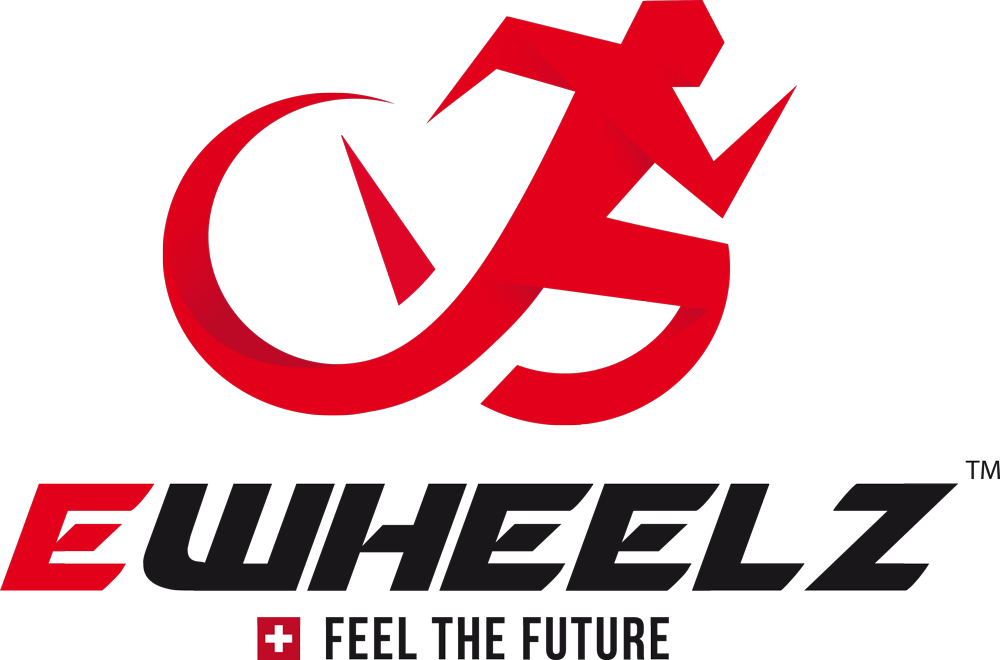USA | Existing law regulates the operation of bicycles, motorized scooters, and electric personal assistive mobility devices, as defined.

Legality Question About Motorized Unicycles Causes Confusion
CALIFORNIA — An act to amend Sections 21113, 21960, 21967, and 21968 of, to add Section 313.5 to, to add Article 7 (commencing with Section 21290) to Chapter 1 of Division 11 of, and to repeal Section 21295 of, the Vehicle Code, relating to vehicles.
Approved by Governor October 11, 2015. Filed with Secretary of State October 11, 2015
LEGISLATIVE COUNSEL’S DIGEST
AB 604, Olsen. Electrically motorized boards.
Existing law regulates the operation of bicycles, motorized scooters, and electric personal assistive mobility devices, as defined. Existing law makes a violation of these provisions punishable as an infraction.
This bill would define the term “electrically motorized board.” The bill would prohibit the operation of an electrically motorized board upon a highway while under the influence of an alcoholic beverage or any drug, or under the combined influence of an alcoholic beverage and any drug. The bill would require the operator of an electrically motorized board to wear a helmet while operating an electrically motorized board upon a highway, bikeway, or any other public bicycle path, sidewalk, or trail. The bill would require an operator to be at least 16 years of age in order to operate an electrically motorized board. The bill would also require electrically motorized boards to be equipped with safety equipment, as specified, and restrict the operation speed of electrically motorized boards. Because a violation of these provisions would be punishable as an infraction, this bill would impose a state-mandated local program.
The bill would also require the Commissioner of the California Highway Patrol to submit a report, as specified, to the Legislature, on or before January 1, 2021, to assist in determining the effect that the use of electrically motorized boards has on traffic safety.
Existing law authorizes transit development boards and public agencies, including, but not limited to, the Regents of the University of California and the Trustees of the California State University, to adopt ordinances, rules, or regulations, respectively, to restrict, or specify the conditions for, the use of bicycles, motorized bicycles, skateboards, and roller skates on property under the control of, or any portion of property used by, the board, or on public property under the jurisdiction of the agency, respectively.
This bill would additionally authorize those boards and agencies to adopt ordinances, rules, and regulations, respectively, for the use of electrically motorized boards.
Existing law authorizes local authorities to adopt rules and regulations by ordinance or resolution prohibiting or restricting persons from riding or propelling skateboards on highways, sidewalks, or roadways.
This bill would additionally authorize local authorities to adopt rules and regulations by ordinance or resolution prohibiting or restricting persons from riding or propelling electrically motorized boards on highways, sidewalks, or roadways.
Existing law makes it a crime to operate a motorized skateboard on any sidewalk, roadway, or any other part of a highway or on any bikeway, bicycle path or trail, equestrian trail, or hiking or recreational trail.
This bill would provide that an electrically motorized board is not a motorized skateboard for those purposes.
Existing law authorizes the Department of Transportation and local authorities to prohibit or restrict the use of bicycles, motorized bicycles, and motorized scooters upon freeways or expressways.
This bill would authorize the Department of Transportation and local authorities to also prohibit or restrict the use of electrically motorized boards upon freeways or expressways.
This bill would incorporate additional changes to Section 21113 of the Vehicle Code proposed by AB 1096 that would become operative only if this bill and AB 1096 are both chaptered, and this bill is chaptered last.
The California Constitution requires the state to reimburse local agencies and school districts for certain costs mandated by the state. Statutory provisions establish procedures for making that reimbursement.
This bill would provide that no reimbursement is required by this act for a specified reason.
313.5. An “electrically motorized board” is any wheeled device that has a floorboard designed to be stood upon when riding that is not greater than 60 inches deep and 18 inches wide, is designed to transport only one person, and has an electric propulsion system averaging less than 1,000 watts, the maximum speed of which, when powered solely by a propulsion system on a paved level surface, is no more than 20 miles per hour. The device may be designed to also be powered by human propulsion.
Erklärung seitens eWheelz™
Im Bundesstaat Kalifornien tritt ab dem 01.01.2016 ein neues Gesetz in Kraft. Interessant ist vor allem der Abschnitt 313.5. Im Grund lautet das Fazit des ganzen Berichts, dass ein elektrisch motorisiertes Board, das eine Bodenplatte hat um darauf zu stehen und zu fahren, für den Transport von einer einzelnen Person gedacht ist, ein elektrisches Antriebssystem mit durchschnittlich weniger als 1000 W besitzt und eine maximale Geschwindigkeit von 20 km/h aufweist, auf Radwegen in Kalifornien fortan erlaubt sind. Das Tragen eines Helmes wird jedoch zur Pflicht und das Mindestalter von 16 Jahren muss erreicht sein. Lokalen Gemeinden ist es allerdings erlaubt, nach eigenem Gutdünken über das ganze zu entscheiden und sofern sie dies wollen, das ganze auch weiterhin lokal zu verbieten. Alles in Allem sind das trotzdem erfreuliche Nachrichten und vor allem schöne Entwicklungen.


